Edward Burtynsky

Edward Burtynsky is regarded as one of the world’s most accomplished contemporary photographers. His remarkable photographic depictions of global industrial landscapes represent over 40 years of his dedication to bearing witness to the impact of humans on the planet.

Burtynsky was born in 1955 of Ukrainian heritage in St. Catharine’s, Ontario. In 1985, he founded Toronto Image Works, a darkroom rental facility, custom photo laboratory, digital imaging and new media computer-training centre catering to all levels of Toronto’s art community.
Early exposure to the sites and images of the General Motors plant in his hometown helped to formulate the development of his photographic work. His imagery explores the collective impact we as a species are having on the surface of the planet; an inspection of the human systems we’ve imposed onto natural landscapes.
Burtynsky stated “Nature transformed through industry is a predominant theme in my work. I set course to intersect with a contemporary view of the great ages of man; from stone, to minerals, oil, transportation, silicon, and so on. To make these ideas visible I search for subjects that are rich in detail and scale yet open in their meaning. Recycling yards, mine tailings, quarries and refineries are all places that are outside of our normal experience, yet we partake of their output on a daily basis.”
“These images are meant as metaphors to the dilemma of our modern existence; they search for a dialogue between attraction and repulsion, seduction and fear. We are drawn by desire – a chance at good living, yet we are consciously or unconsciously aware that the world is suffering for our success. Our dependence on nature to provide the materials for our consumption and our concern for the health of our planet sets us into an uneasy contradiction. For me, these images function as reflecting pools of our times.”

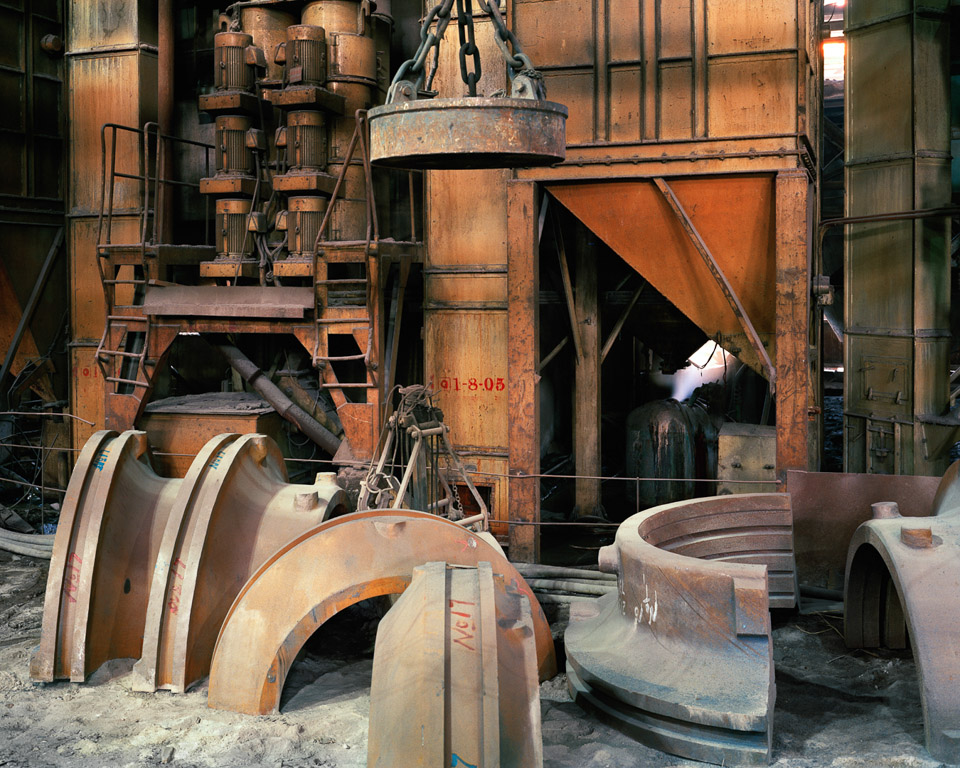
Old Factories #6, China – 2005 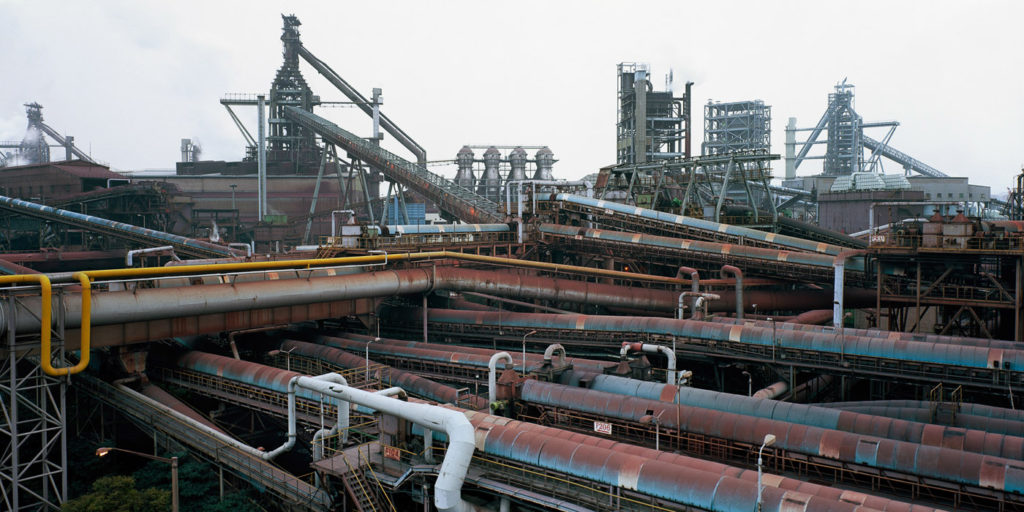
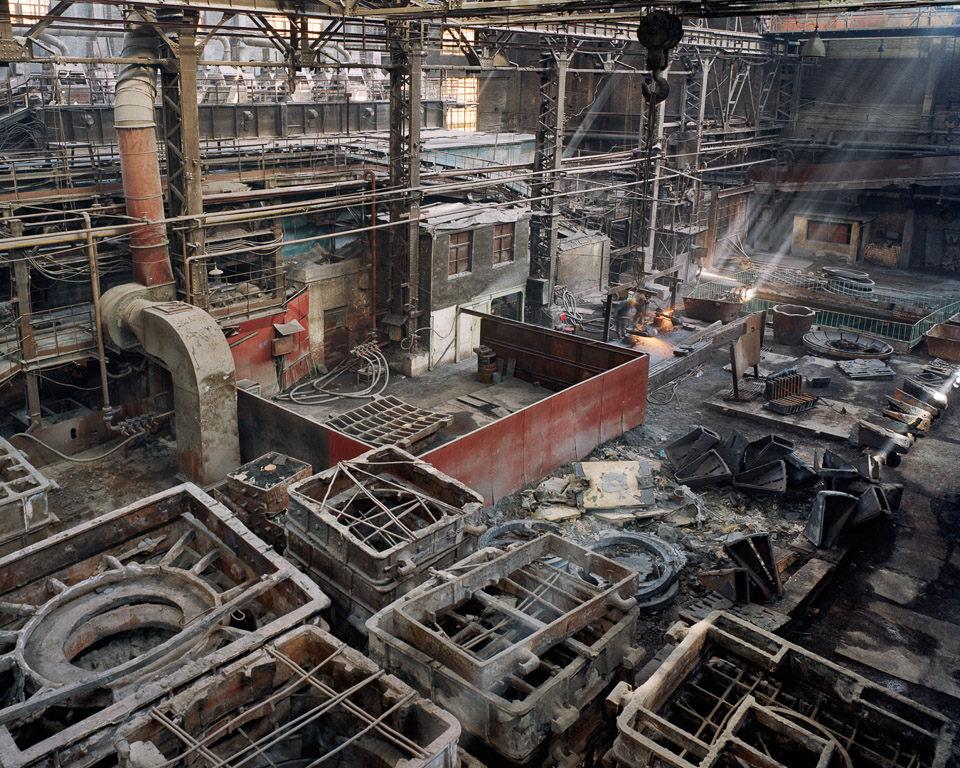
Old Factories #5, China – 2005
Camilo Jose Vergara
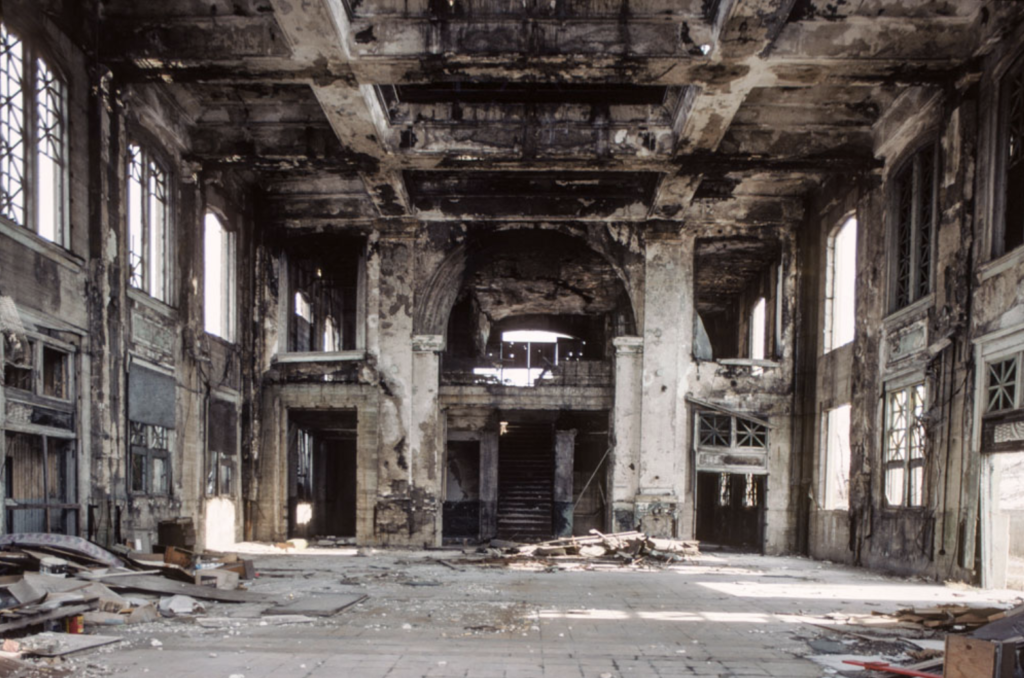


Camilo José Vergara is a Chilean-born, New York-based writer, photographer and documentarian.
Vergara has been compared to Jacob Riis for his photographic documentation of American slums and decaying urban environments. Beginning in the 1980s, Vergara applied the technique of rephotography to a series of American cities, photographing the same buildings and neighborhoods from the exact vantage point at regular intervals over many years to capture changes over time. Trained as a sociologist with a specialty in urbanism, Vergara turned to his systematic documentation at a moment of urban decay, and he chose locales where that stress seemed highest: the housing projects of Chicago; the South Bronx of New York City; Camden, New Jersey; and Detroit, Michigan, among others.
Camilo Jose Vergara stated “For more than four decades I have devoted myself to photographing and documenting the poorest and most segregated communities in urban America. I feel that a people’s past, including their accomplishments, aspirations and failures, are reflected less in the faces of those who live in these neighborhoods than in the material, built environment in which they move and modify over time.”

Camilo Jose Vergara
Andrew Moore
Andrew Moore is an American photographer who is widely acclaimed for his photographic series, usually taken over many years, which record the effect of time on the natural and built landscape. He is known for large format color photographs and the series he created include work made in Cuba, Russia and Ukraine, Bosnia, Times Square, Detroit, The Great Plains, and most recently, the American South.
Andrew Moore published many of his own photographic collections such as Blue Alabama, Dirt Meridian, Detroit Disassembled, Cuba, Russia: Beyond Utopia and Inside Havana
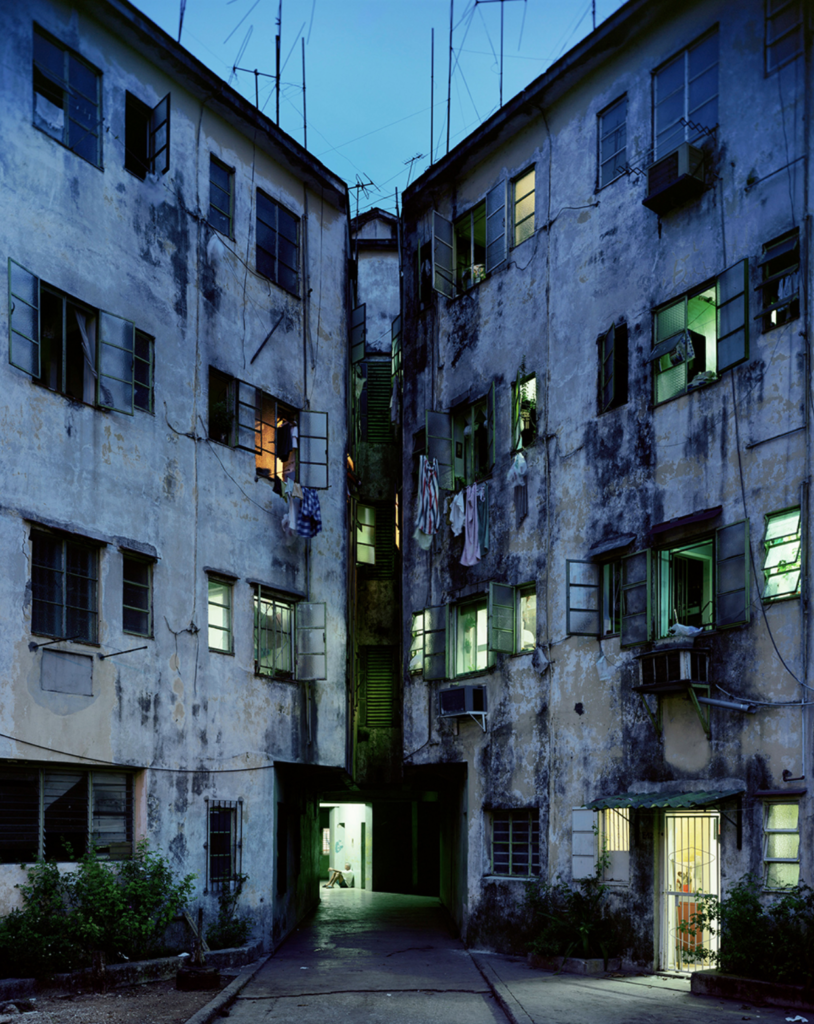

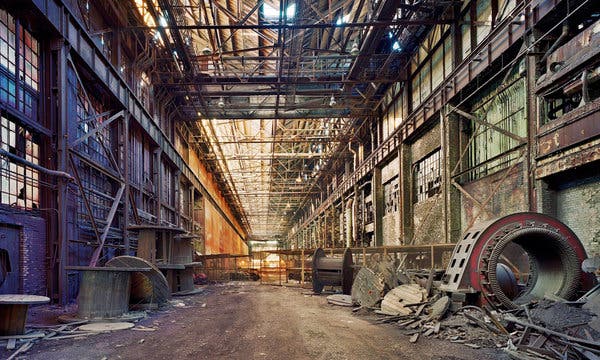
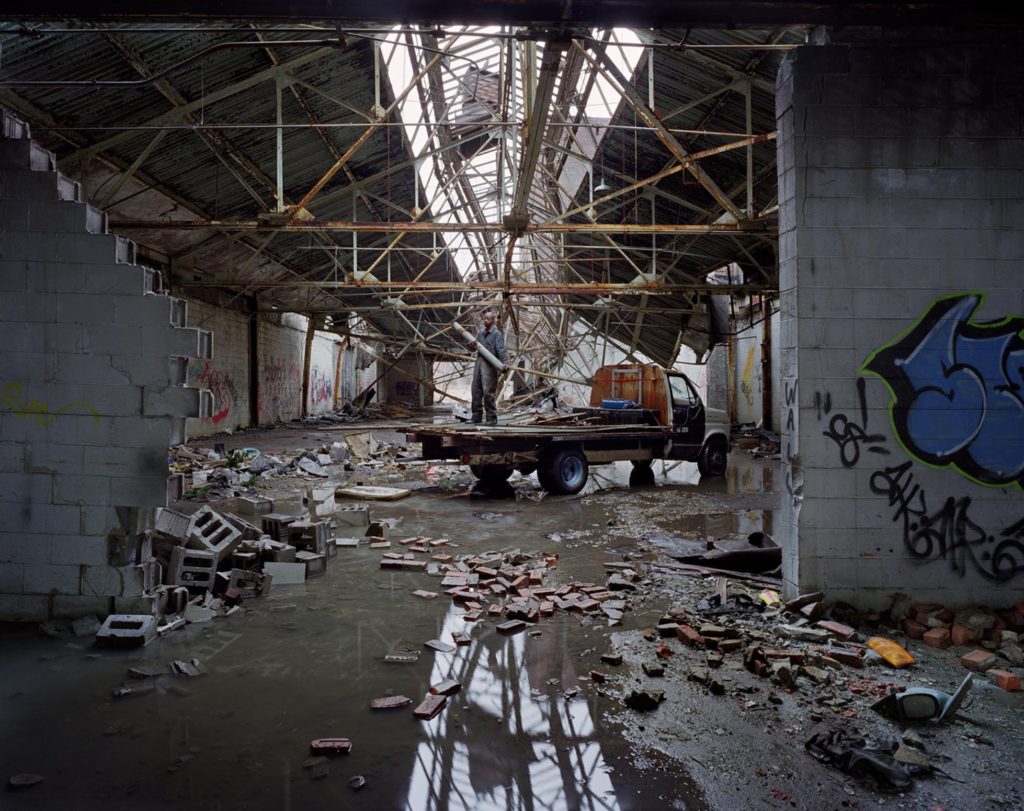
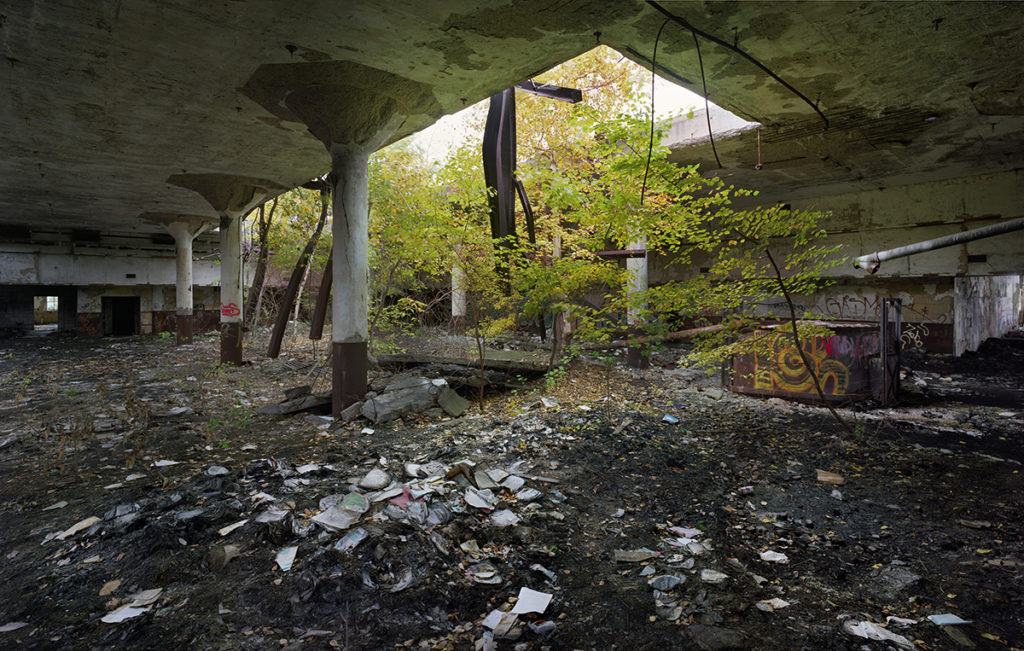
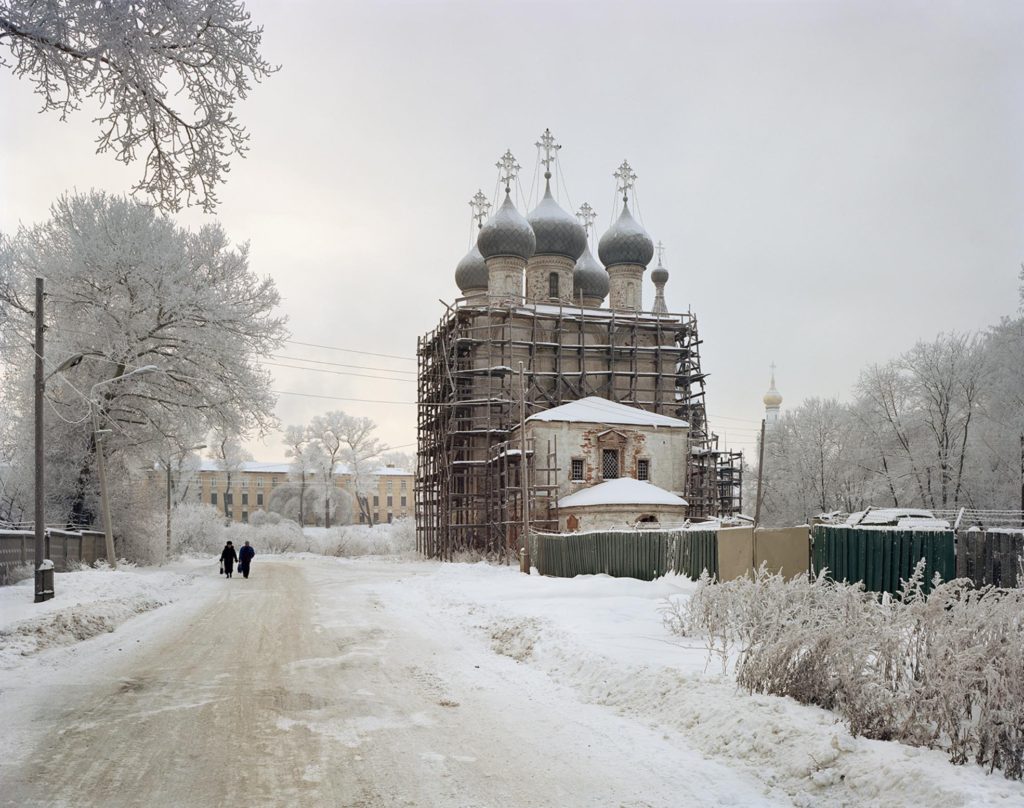
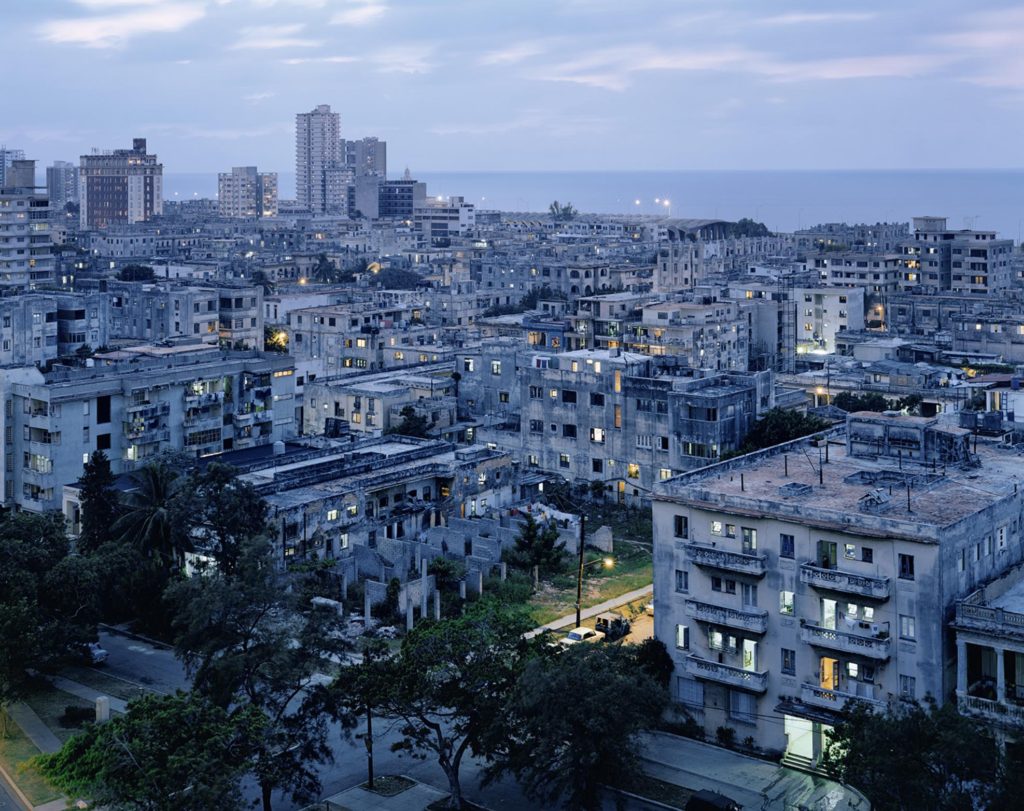
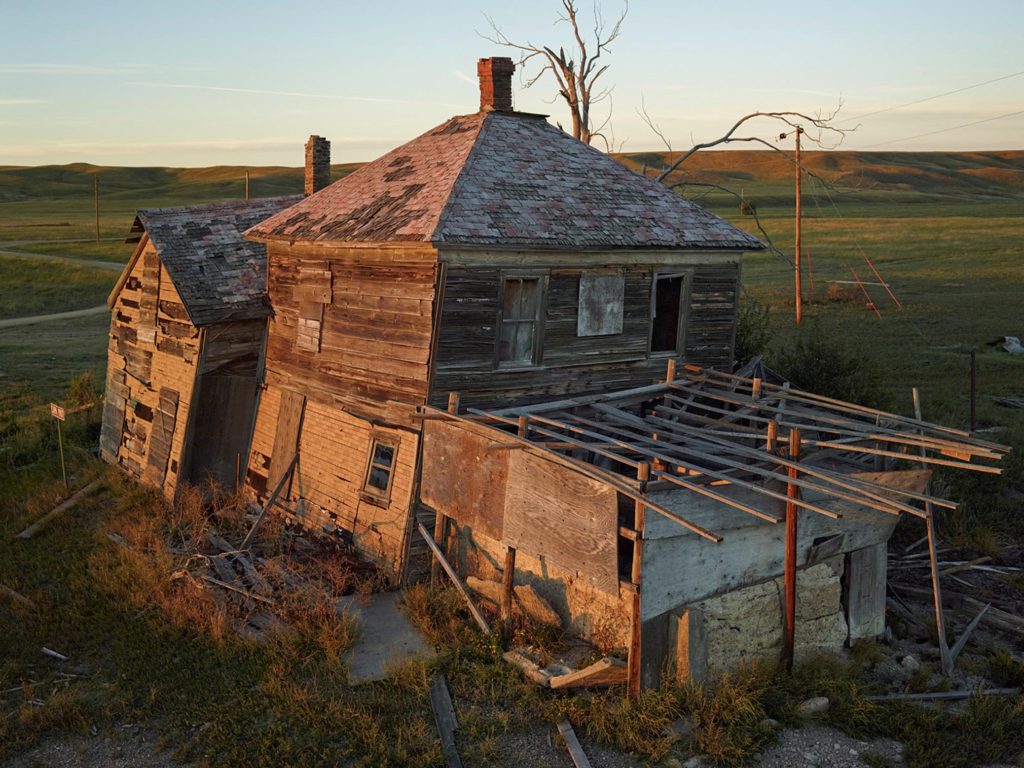
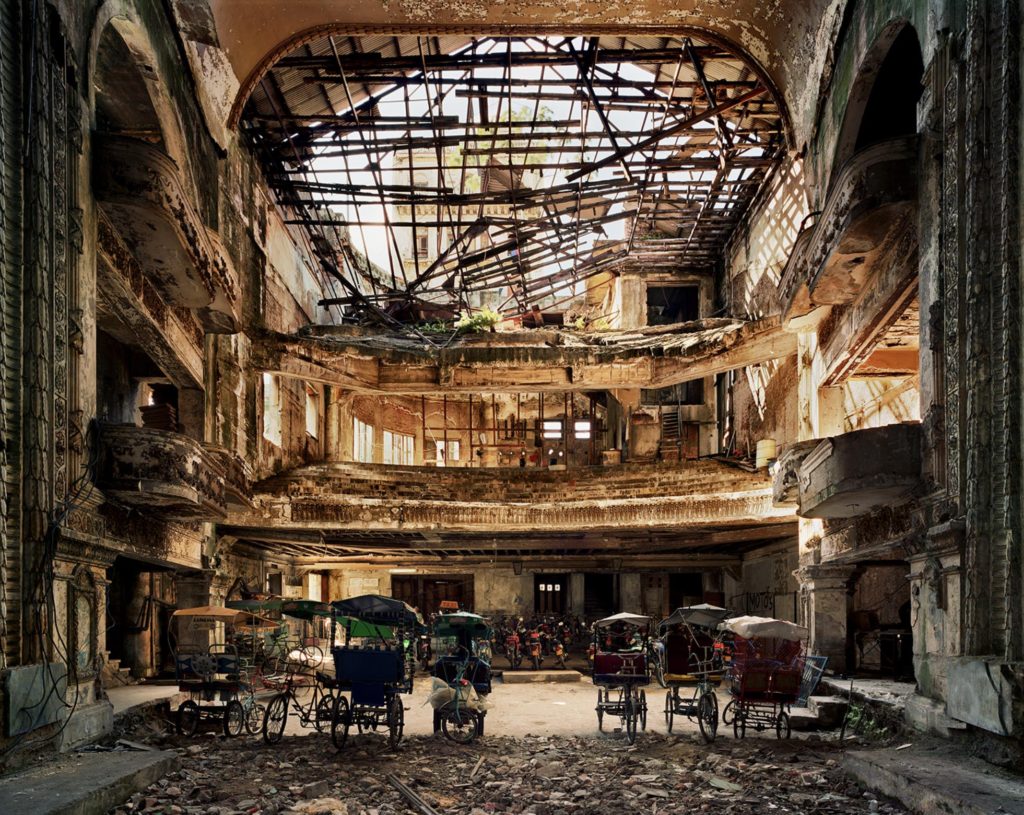
Yves Marchand & Romain Meffre



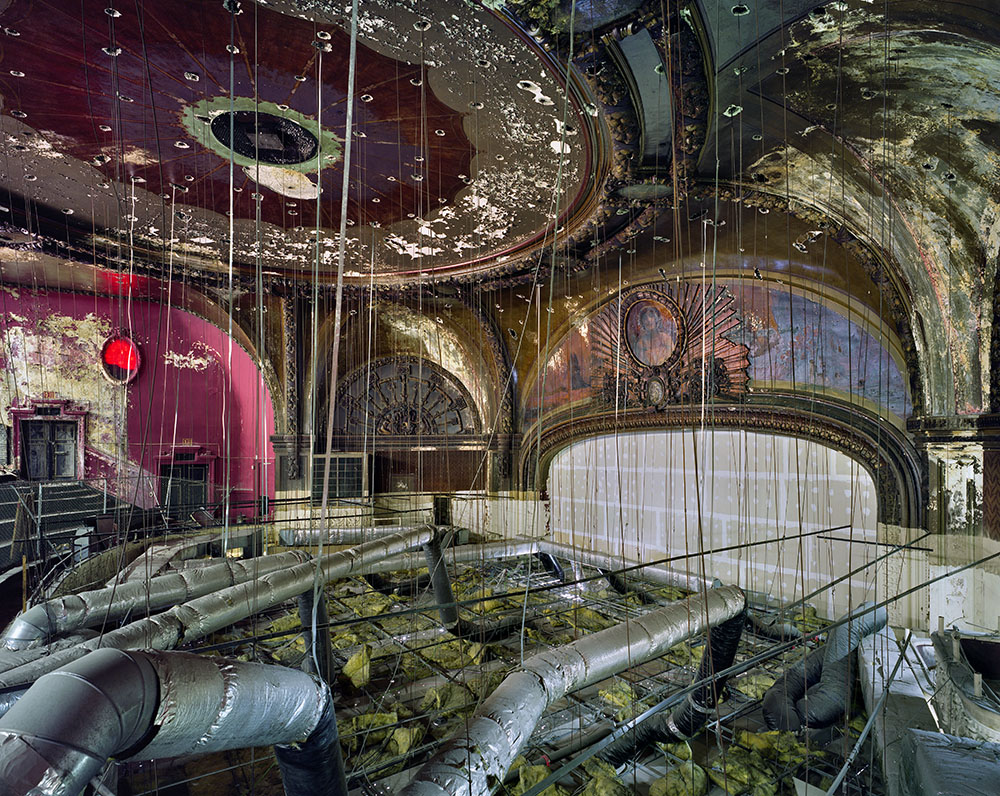
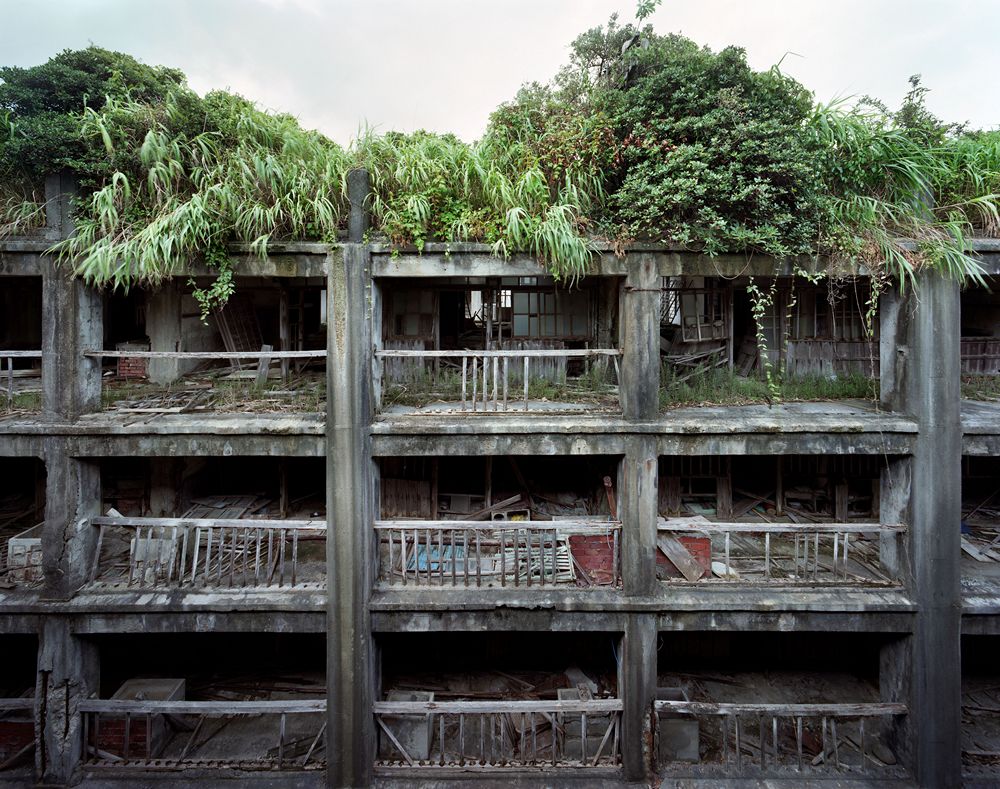
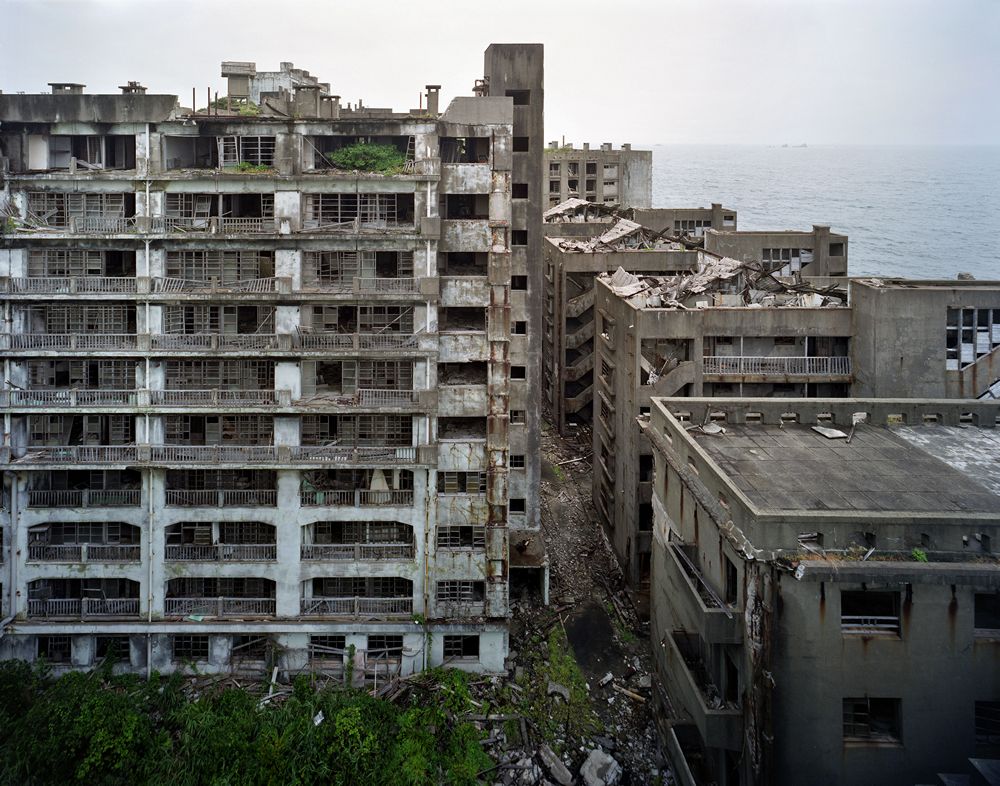
Marchand (b.1981) and Meffre (b.1987) live and work in Paris. Initially pursuing photography individually, they met online in 2002 and started working together with the beginning of their Detroit project in 2005. They met through a mutual interest in contemporary ruins.

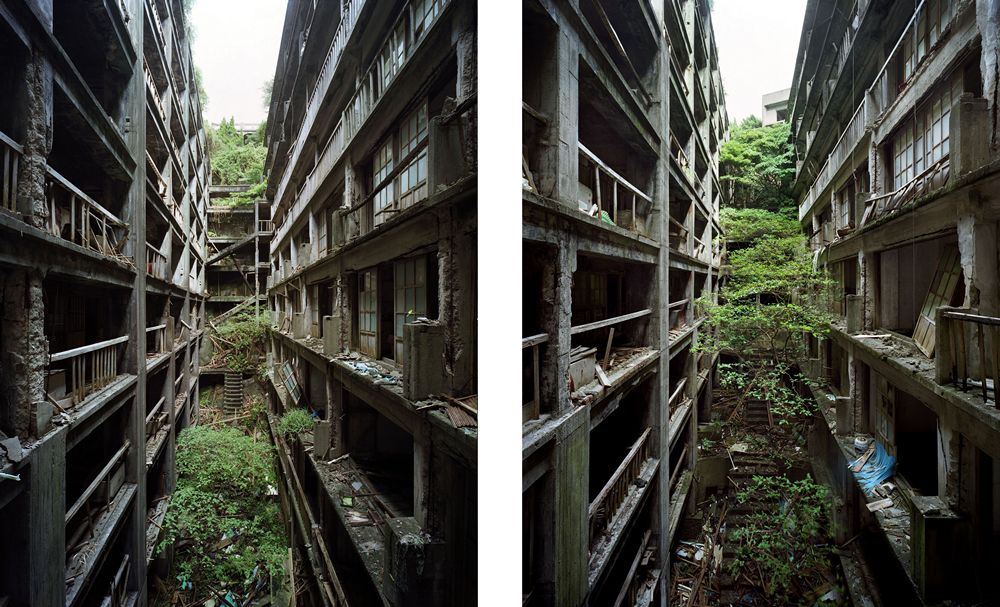
They both completed a number of critically acclaimed series including Theaters (2005 – ongoing), which was born out of the time they spent in Detroit. Noticing the sorry state of many of the movie theatres they came across, Marchand and Meffre discovered and documented abandoned movie theatres across America that had either fallen into decay or been transformed entirely. Many of the theatres date back from the Golden Age of film and the stories told through these images act as a fascinating documents of American history.
Their work has been exhibited extensively throughout Europe and has been featured in the New York Times, The Guardian, The British Journal of Photography, Time Magazine, amongst others.
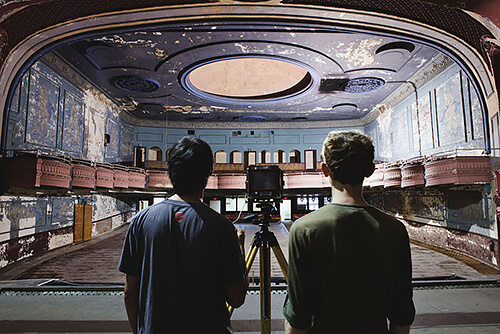
Aaron Siskind
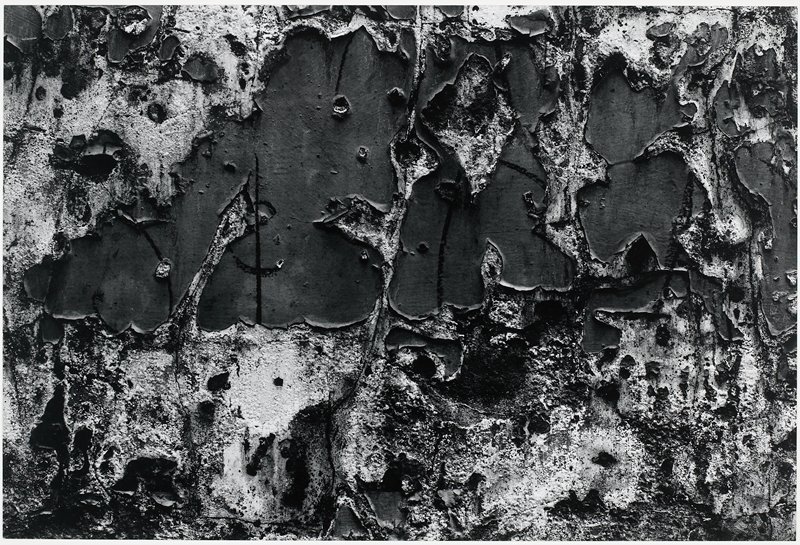
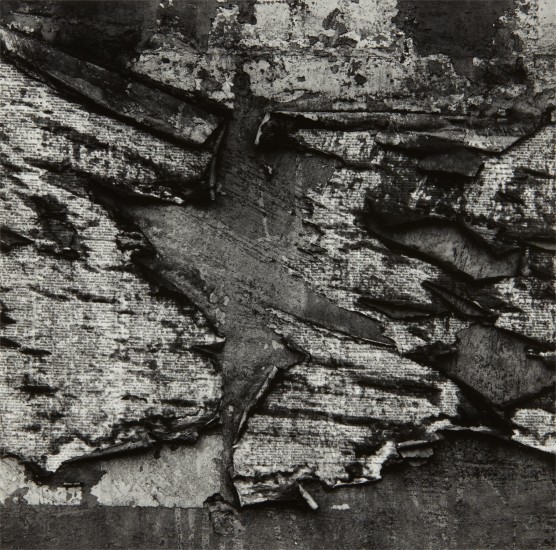
Aaron Siskind was an American photographer whose work focuses on the details of things, presented as flat surfaces, to create a new image independent of the original subject.
He was also best known for his black-and-white, close range, and aerial photos of surfaces and objects. With the transformative properties of monochromes and their lack of scale or context, Siskind’s photos can seem both sculptural and vast or diminutive and painterly.

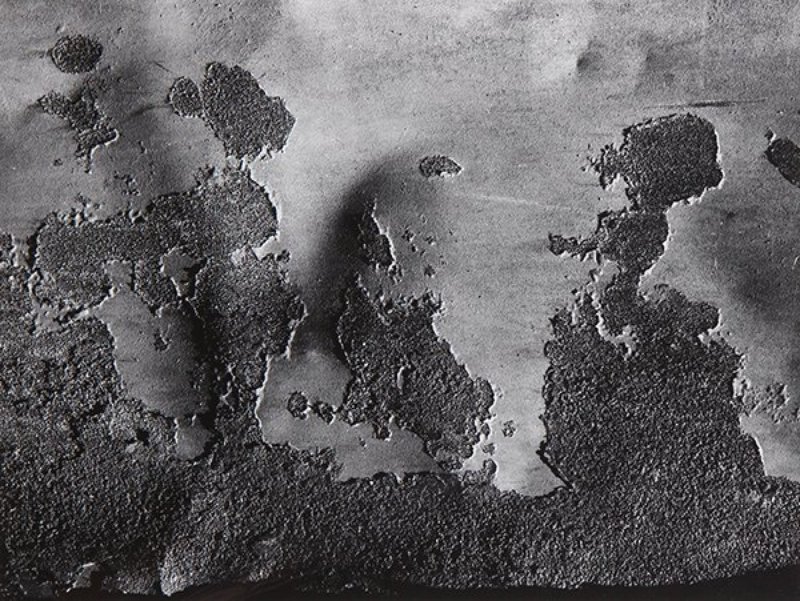
I particularly like Aaron Siskind’s work as it is so textured and interestingly shot. The abstract photographs make it difficult to decipher what he is actually capturing when he takes these shots, as each photo is incredibly close up and highlights the textures that we don’t easily notice at first glance.
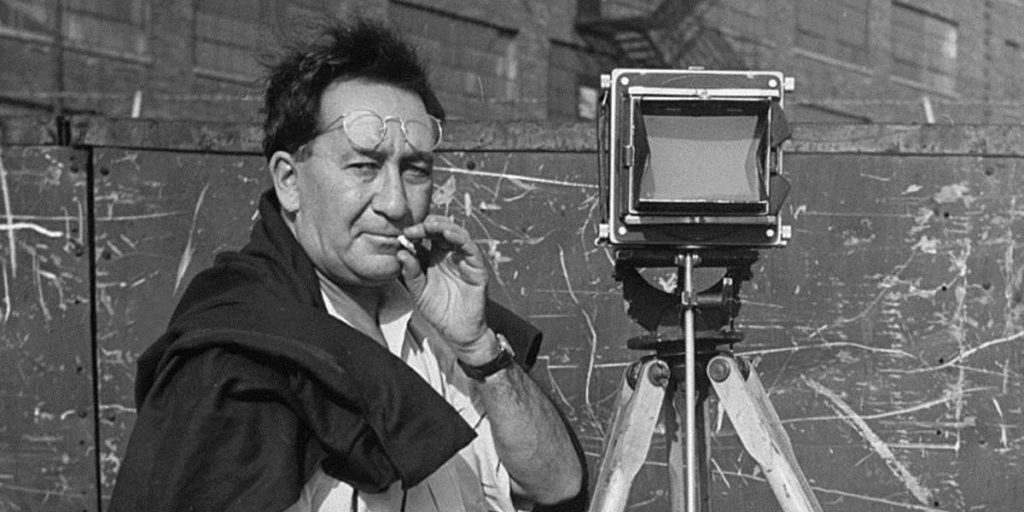

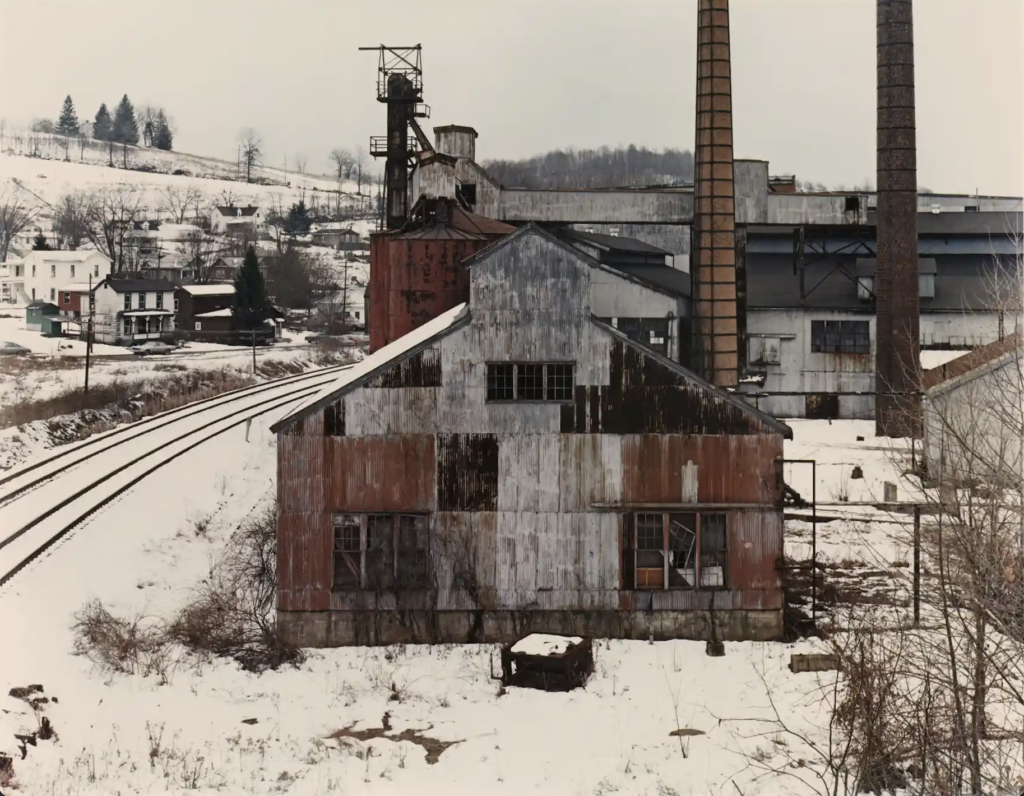
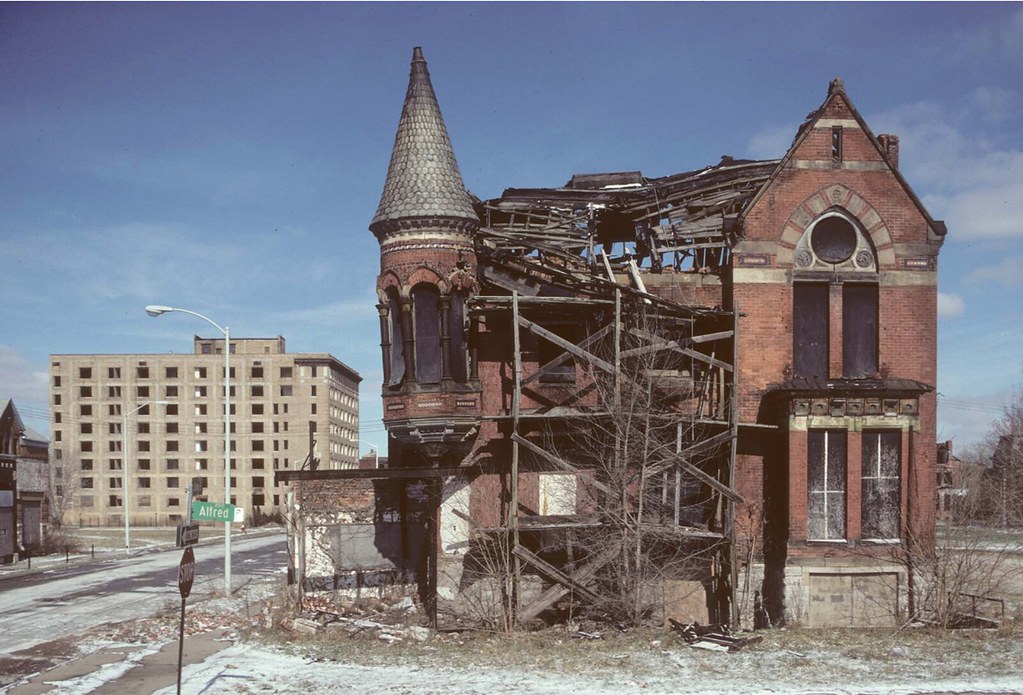
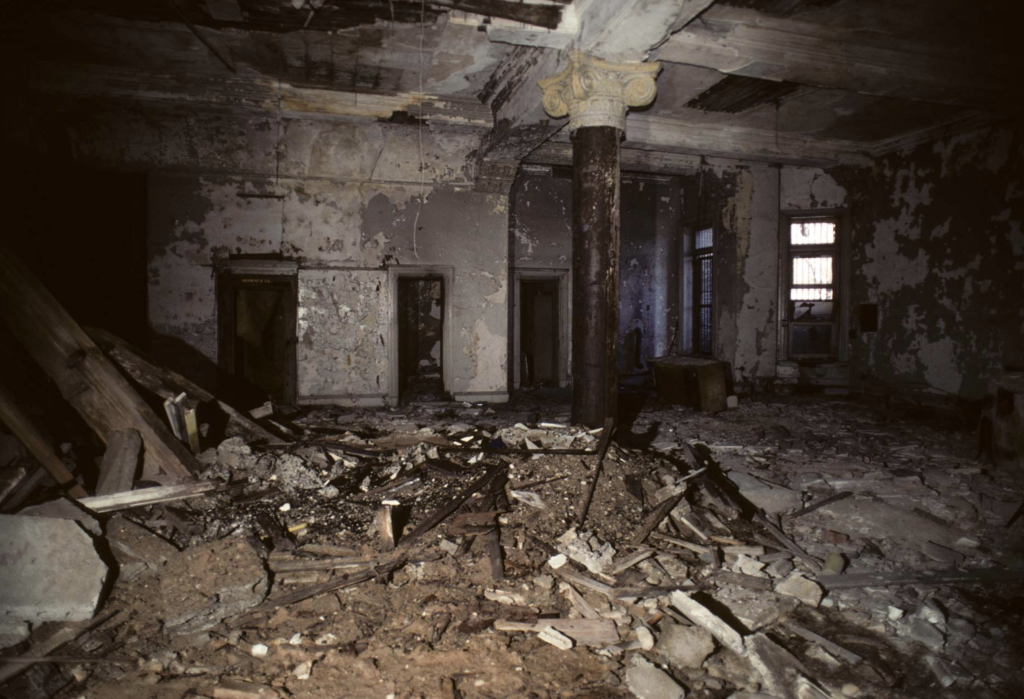
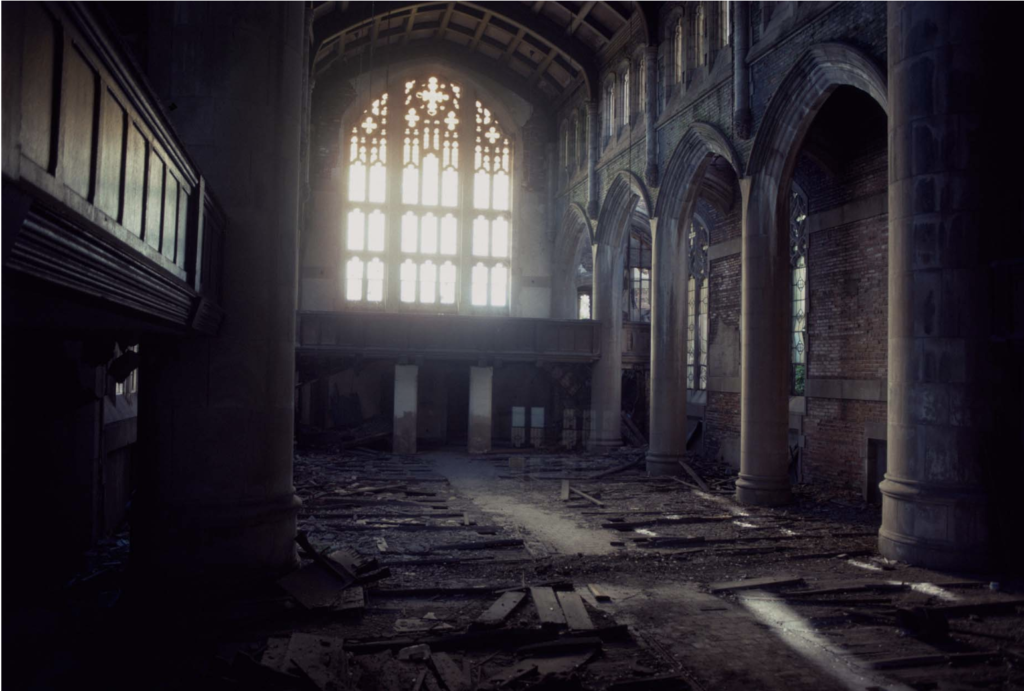
Finn
Options here to explore dereliction etc
Look at keld Helmer Petersen and Aaron Siskind,